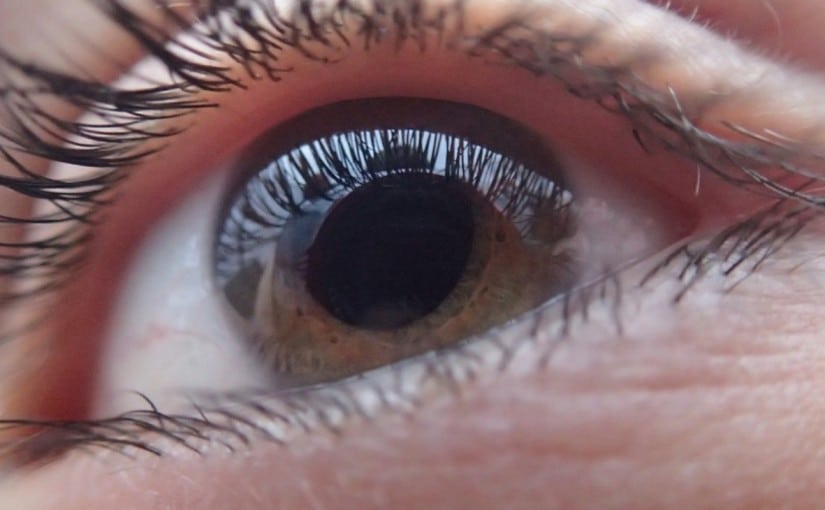by Nick Taylor
Since a doctor, in 2008, diagnosed that I suffer from pseudo exfoliation syndrome glaucoma, I have been through a series of trials and tried a variety of medications to save my vision. My doctor, Robert Ritch, works on the cutting edge of ocular science and has included me in several trials.
Last year I wrote about having to order a rho-kinase inhibitor (ROCK) eye drop from Japan to fight the intra-ocular pressure (IOP) of glaucoma. It’s this pressure on the optic nerve that causes the deteriorating vision that’s symptomatic of glaucoma. I had to order Glanatec from the Mimaki Family Pharmacy in Hong Kong because Aerie Pharmaceutical, an American maker, ended the trial of an effective ROCK drop I was taking.
Glanatec wasn’t as effective as the Aerie ROCK drop, but it did help keep my pressure at manageable levels in the low 20s. But it was a lower strength, so I took it twice a day versus once for the Aerie product. As in the Aerie trial I’d been a part of, I took it in the right eye only.
Eventually, the skin around the inner part of my right eye started crusting and itching. That eye also watered and turned red. A common ROCK drop side effect is noticeable redness after you put the drop in. But this was more chronic.
I asked Dr. Ritch for his opinion. He said to stop the Glanatec and after a week come in to have my pressure checked. Which I did. The reading jumped around, but it stayed in the low 20s. So now I’m back on my routine before the Aerie ROCK drop trial — pilocarpine in both eyes in the morning and at night, and Travatan Z in both eyes at night.
Meanwhile, there’s potentially good news from Aerie Pharmaceutical. It announced good results for its Rhopressa ROCK drop as a once-a-day alternative to other IOP-lowering drops containing beta blockers that you take more frequently.
Glaucoma care is an evolving field. Dr. Ritch is at the forefront of it, so I’m glad I’m in his hands and I’ll keep posting updates.




